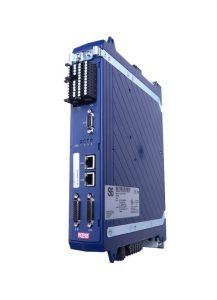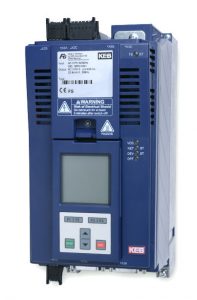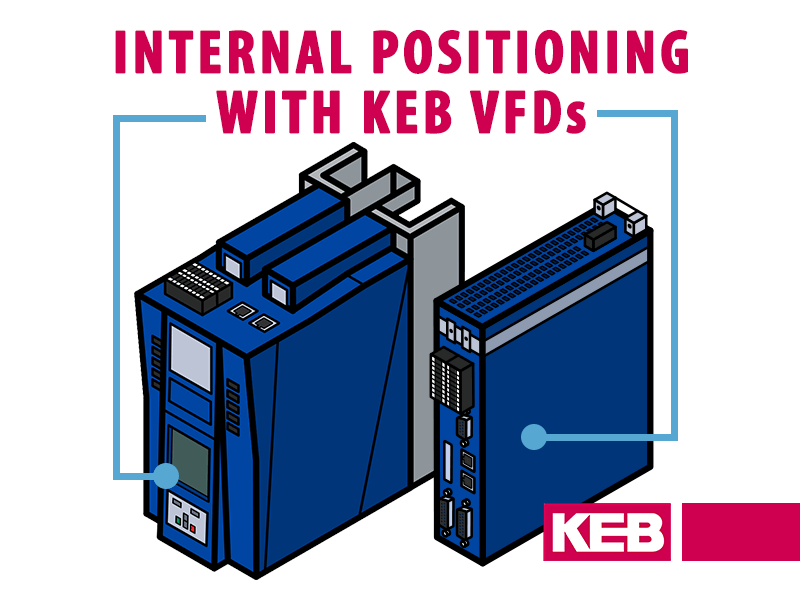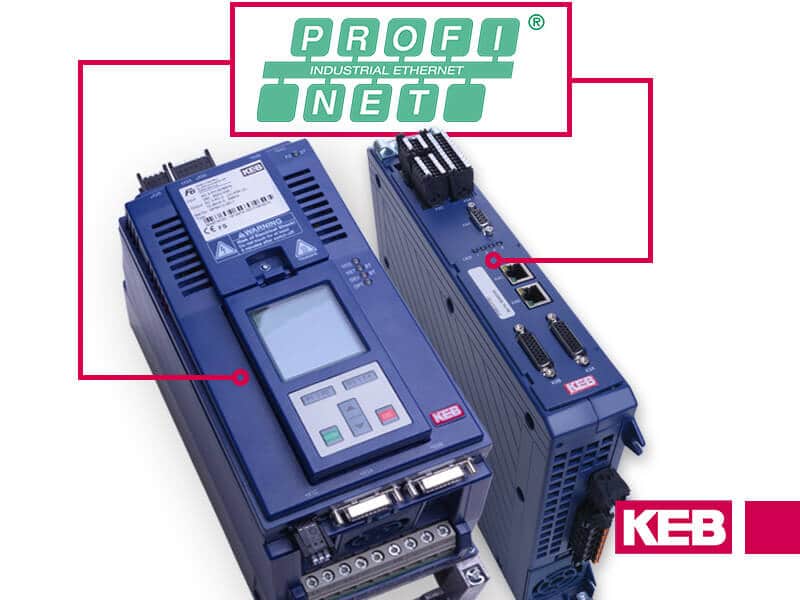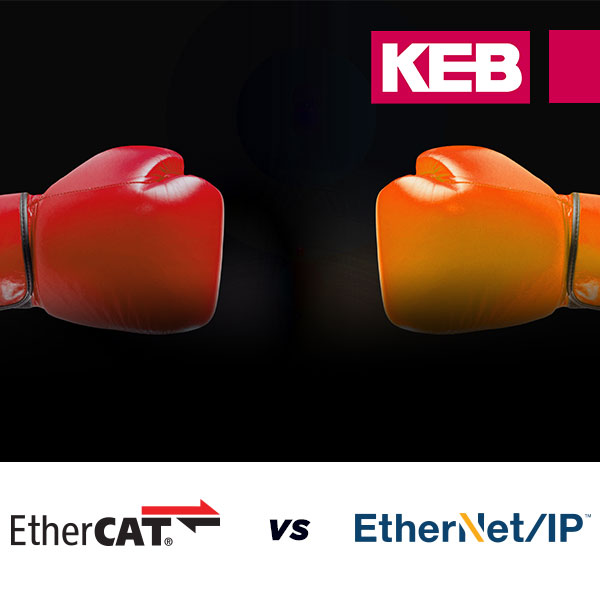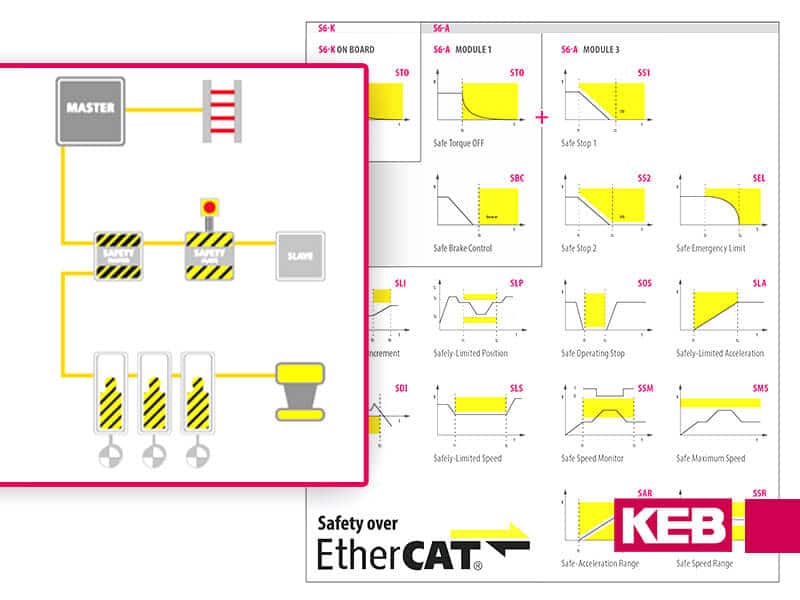Customers sometimes ask, “What is different about KEB or what unique technology do you offer?” One technology that continues to impress is KEB’s SCL for permanent magnet motor control. In this first post in a series on SCL, an introduction to the basics of SCL and its history at KEB will be described. After reading this article you can read about the advantages and disadvantages of SCL in certain applications.
What is SCL?
SCL stands for Sensorless Closed Loop and allows for field orientated control of Surface Mounted Permanent Magnet (SMPM) or Interior Permanent Magnet (IPM) motors without encoder feedback. The principle of SCL is based on a very precise mathematical model of the motor.
During SCL operation, the KEB drive continuously measures the different components of the output current and feeds back that information to the internal motor model. The major benefit of this control method is that no encoder or cabling is required – all feedback is handled internal to the VFD.
All KEB drives with SCL utilize the standard drive hardware, so no special or additional hardware is required. Because it requires no special hardware, it is available throughout the complete KEB power range, from 1 Hp up to 1000 Hp. The SCL technology is widely used in the F5 inverters, but also available in the newer F6-K inverters, S6 Servo Drive, G6 Single Axis Drive, and H6 Multi-Axis Drive.
For the F5 series, it is a separate firmware flash to the standard Application control board, which gives it the F5E designation. For the newer F6-K, S6, G6, and H6 inverters, it is a software selectable option.
History of SCL
KEB debuted SCL in 2005 for the F5 series of inverters. SCL was originally designed for servo motors to eliminate the cost and noise issues associated with encoder feedback. It was also developed for use in applications requiring no holding torque or positioning in order to take advantage of the high efficiency and power density of PM motors.
Two applications that met these requirements that SCL quickly became popular in were high-speed compressors and blowers. Throughout its ten years of commercial availability, KEB has continued to improve SCL functionality by adding features such as a speed search functionality, a Virtual Positioning Module™, and available operation with a sinewave filter. These continued improvements to SCL guarantees you will always be getting the most advanced and best performing software available.
How does it work?
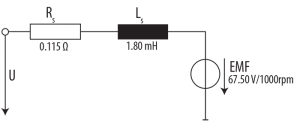
SCL works by using a very precise mathematical model of the motor to build a virtual rotor position within the control software. In order to have that mathematical model be as accurate as possible, standard operating procedure has commissioning begin with a motor identification.
This process can be done by following the simple step-by-step start-up guide in KEB’s Combivis software. First, a user inputs the basic motor nameplate data (rated speed, frequency, current, etc.).
Next, a motor learn sequence is initiated in the VFD and the inverter automatically measures all relevant motor data at various frequencies including the back emf, stator resistance, and inductance. Using that measured motor data, the drive creates an equivalent motor model circuit.
During SCL operation, the KEB drive continuously monitors different components of the output current. This information is fed back into the control, along with the motor model, and the optimum momentary values for the output voltage and current are calculated. This provides a stable and dynamic operation of the system in all load conditions.
The drive also has a 250µs processor update time which allows for extremely fast model updates, up to one million times per second. This allows the drive to respond nearly instantaneously to any changes in the system and keep the motor running as efficiently as possible. The robustness of KEB’s SCL algorithm is difficult to explain, but it has been proven with many different types of PM motor designs. This is not always the case with competitor technologies which require a matched drive/motor pair.
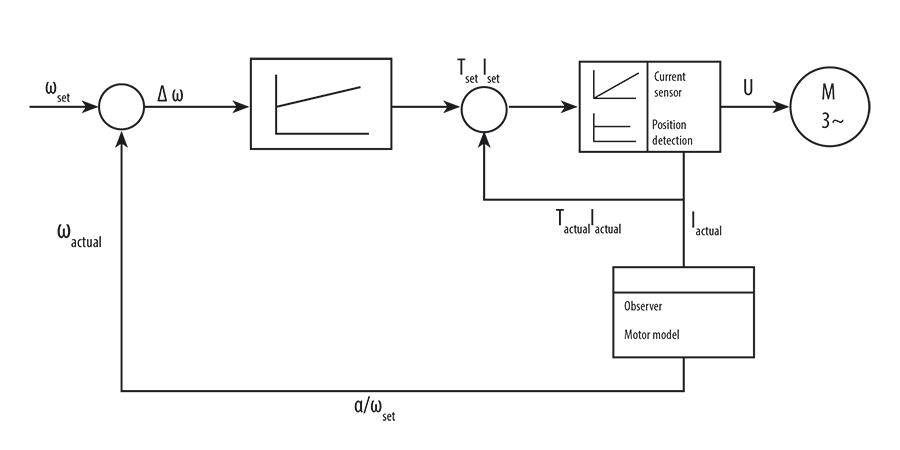
Better Machines by Better Motor Shaft performance
Do you want to discuss the benefits of using KEB’s SCL technology for your application? Contact a KEB America Application Engineer today!
Let's Work Together
Connect with us today to learn more about our industrial automation solutions—and how to commission them for your application.
